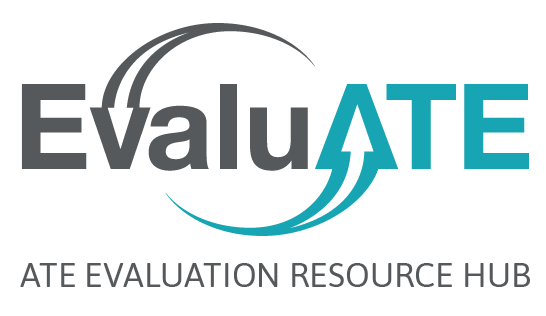A grant proposal that includes a strong evaluation plan linked to a sound project logic model will be reviewed more favorably than one that does not. Will it make or break your chances for funding? No, but attending to evaluation matters as you develop your proposal, especially in terms of how you will assess your project’s intellectual merit and broader impacts, is likely to strengthen your overall proposal and give you a competitive edge. Considering your proposal through an evaluative lens as you are crafting it can help you avoid common proposal pitfalls, such as writing goals that are either too lofty or too simplistic or failing to demonstrate a logical relationship between your activities and your intended outcomes. In this webinar, we’ll share two tools specifically developed for ATE proposers: a checklist for developing evaluation plans for ATE proposals and a template for creating simple, yet powerful project logic models. There will be ample time with our expert panel, which includes an ATE evaluator, PI, and program officer.
By the end of the webinar, participants will
1. Understand how to prepare an ATE proposal that meets NSF’s requirements for evaluation
2. Know how to establish a working relationship with an external evaluator and what to expect from him or her (both before and after award)
3. Be able to create a logic model to convey your proposed project’s activities and intended outcomes
4. Understand the role of evaluation in ATE projects and how to align an evaluation plan with project goals
Related Resources
Slides
Download SlidesEvaluation Planning Checklist for ATE Proposals
Download Template
Except where noted, all content on this website is licensed under a Creative Commons Attribution-NonCommercial-ShareAlike 4.0 International License.




 EvaluATE is supported by the National Science Foundation under grant number 2332143. Any opinions, findings, and conclusions or recommendations expressed on this site are those of the authors and do not necessarily reflect the views of the National Science Foundation.
EvaluATE is supported by the National Science Foundation under grant number 2332143. Any opinions, findings, and conclusions or recommendations expressed on this site are those of the authors and do not necessarily reflect the views of the National Science Foundation.